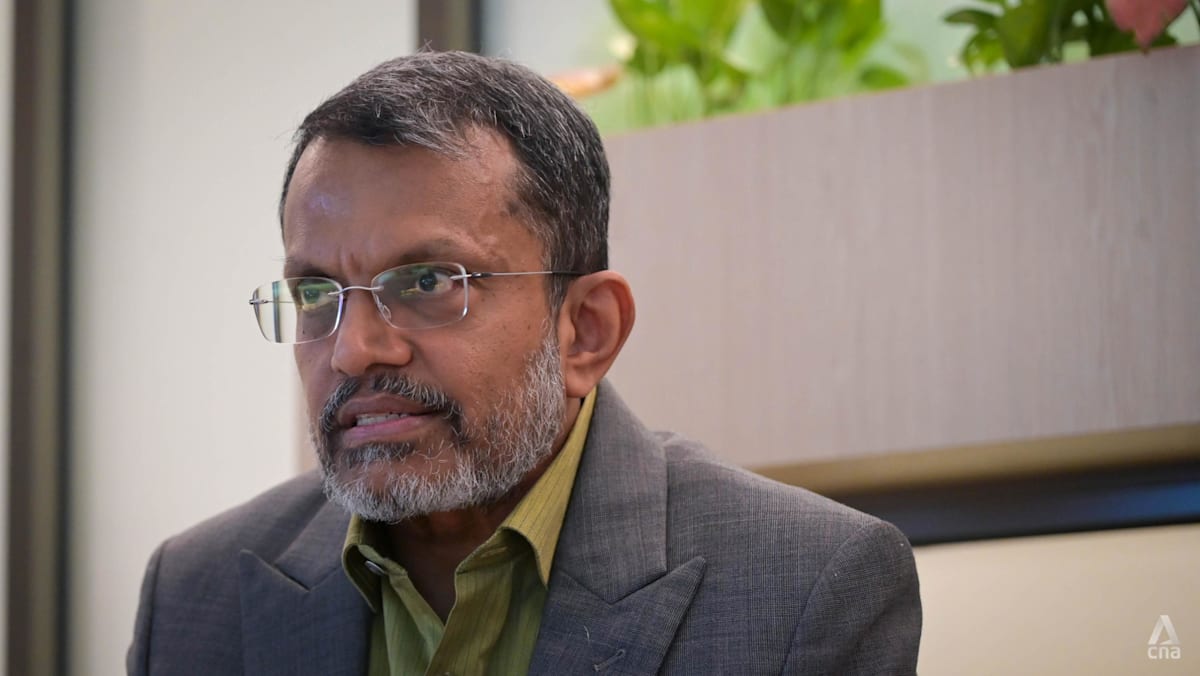Singapore faces heat stress, floods, droughts and sea level rise, but Mr Menon has learnt these issues cannot be viewed in isolation.
“We have to look at our risks in a regional and sometimes global context. For effective risk management and adaptation, we need to work with partner countries to address these spillover effects that affect all of us.”
These include public health issues such as warmer climates leading to a rise in dengue or malaria, food supply and sea level rise.
He highlighted how rice production is being affected by changes to the Mekong River, Southeast Asia’s longest waterway.
“Yields have been falling. Water tables are receding, and there is salination from sea water intrusion up the Mekong Delta,” he said. “This is not something that Singapore can do on its own, but Singapore can be a valuable partner.”
FINANCING CHALLENGES
Annual global climate finance has crossed US$800 billion but remains far short of the US$2.5 trillion needed yearly until 2030 to meet Paris Agreement goals.
The main obstacle: Returns for private investors don’t match the risk.
Most governments have high levels of public debt, Mr Menon said. “Where are they going to find the resources to channel more into climate finance, climate mitigation, when they have competing needs on the social side, competing needs on defence expenditures and great challenges in raising revenues? People don’t want to pay more taxes.”
While private capital is sufficient, investors are unwilling to take the risk with climate projects. That’s where blended finance could step in, combining government, philanthropic and private funding.
“In blended finance, you’re using scarce public money and also philanthropic money to crowd in commercial capital by de-risking,” he said.
Singapore’s Financing Asia’s Transition Partnership (FAST-P), launched by MAS in 2023, is a blended finance initiative that brings together public, private and philanthropic capital to help finance Asia’s green transition.
Its inaugural Green Investments Partnership fund has obtained US$510 million in committed capital and will invest in bio-energy and renewables projects expected to reduce more than 350,000 tonnes of emissions annually. Funds are expected to be disbursed “quite soon”, Mr Menon said.
The second fund, the Industrial Transformation Programme for hard-to-abate sectors, is expected to have capital committed early next year.
Mr Menon hopes insurers can help reduce reliance on public capital by covering political and regulatory risks, though “it’s still early days”.
Adaptation financing faces particular hurdles, given projects are unlikely to generate revenue, Mr Menon noted.
“The challenge is always to try to design adaptation projects which generate some revenue. It may not be enough to provide the full returns that private capital wants, but at least part of it,” he said.
He cited agriculture technology as an example. If rice yields are falling at a farm, adaptation financing can change irrigation methods and introduce hardier seeds to raise productivity and revenues.
Insurance is another instrument. “If premiums can come down because of the investment in adaptation, then that is, you know, in a sense, a revenue,” he said.

